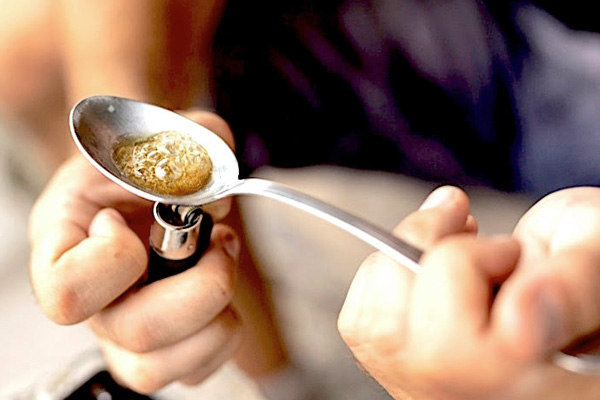HISTORY LESSON –
June 3, 2022 – Sure enough, once the officers found a fresh needle mark on Banks’s arm, they promptly arrested him. Robinson and the others were ordered out of the car and up against a nearby building. By this point, Robinson was in a full‑on flop sweat. The officers made him take off his coat and roll up his sleeves, finding an unmistakable constellation of scabs and splotchy bruises up and down the crooks of both his elbows. He was arrested and taken to the police station, where an LAPD narcotics expert grilled him further and took photos of his arms as evidence.
To fight the charges, Robinson secured Samuel Carter McMorris, an energetic young Black attorney who had recently won a case in front of the U.S. Supreme Court. At first, Robinson and McMorris objected on grounds that might be obvious today: the group had been “driving while Black,” and the pretext for the traffic stop in the first place was pretty flimsy (supposedly, their license plate wasn’t properly illuminated). But they lost the trial.
McMorris scrambled to appeal, probing for a deeper issue to contest. He challenged the police procedure of the traffic stop, and disputed several other elements of the case, but he also took a crucial step further and went after the law criminalizing addiction itself, arguing that it was unconstitutional to punish addiction as a crime. Robinson’s crime wasn’t an action at all, but the status of being addicted to narcotics. He sent off the appeal to the superior court, and he waited.



